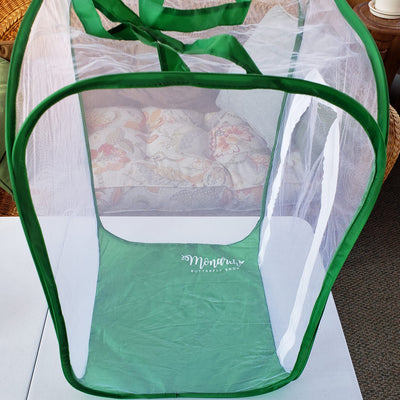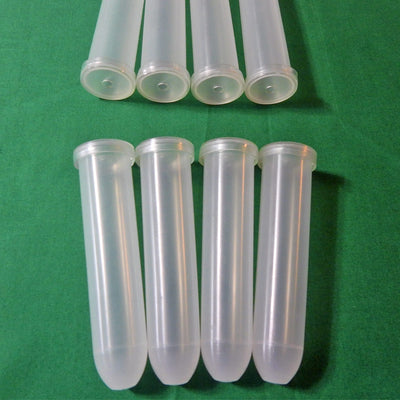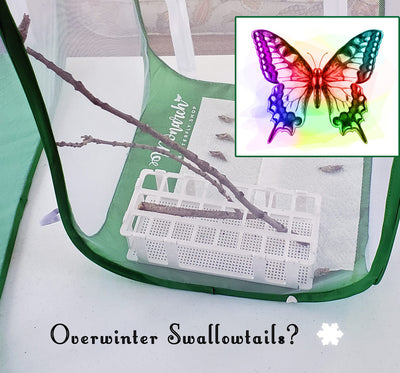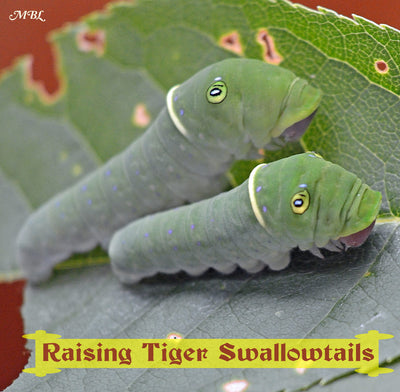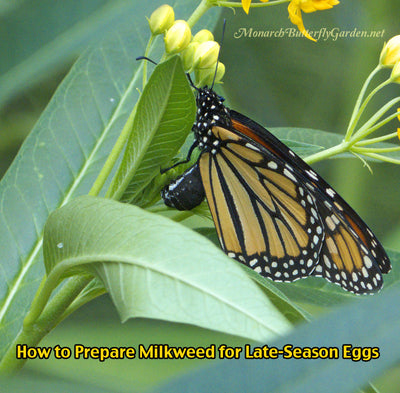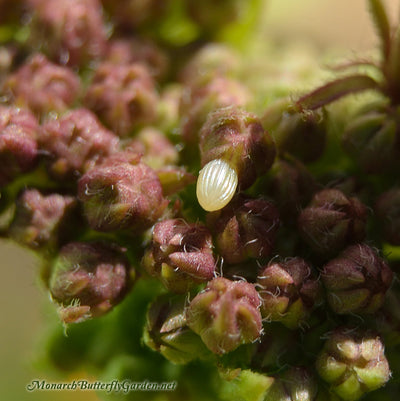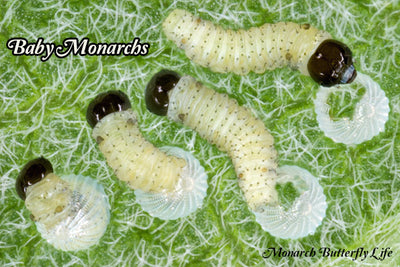Raising Butterflies Blog
Raising Hope for the 2015 Monarch Migration- Raise The Migration 3 Results

Raise The Migration 3 is a North American challenge to raise monarch butterflies to release for the 2015 monarch migration. If you’re interested in joining us, you can still sign up through October 3, 2015.

The raising season is coming to an end, so it’s time to report how many butterflies you released for the 2015 monarch migration…we’d also like to know what you’ve learned through this amazing experience!
If you’ve still got some raising to do, raise on! But please report your final results on the bottom of this page after you’ve released your last butterfly.
2015 was a great year for monarchs in Minnesota. In fact, they were so abundant that I didn’t order any back-up eggs from butterfly breeders for this event…
Thankfully, the monarchs didn’t disappoint, as I found 23 monarch eggs the first day hunting in our butterfly garden.
14 of those hatched, but nine fell victim to parasites. Trichogramma wasps had layed eggs inside 9 monarch eggs. This became apparent as each of those eggs started to turn black…and not just at the top, like a healthy monarch egg.
I hunted for replacement eggs a couple days later. This time I searched on small, non-flowering, milkweed plants that didn’t have predators patrolling them. I was able to find 9 more eggs! I brought them in and 100% hatched. I was back to 23 monarchs and ready to begin. So how did our Raise The Migration Monarchs fare this season?===========================================================================================
In addition to Raise the Migration, I have have also published a more in-depth, organized raising guide to further assist you in raising healthy monarch butterflies!
If you’re interested in a step-by-step guide digital guide with free updates (before each monarch season begins in spring) please check out the monarch raising guide by clicking this butterfly photo:

You can get more info about this guide or buy it here
===========================================================================================
Raise The Migration 2015 Results
This season was not perfect, but it was highly successful. 22 out of 23 monarchs reached butterhood and have been released. That’s a 96% survival rate compared to under 5% when left outdoors. Here are Raise the Migration results from the first two seasons:
2014- 90% survival rate
2013- 100% survival rate
As you can see from the results, this raising system is consistently producing healthy monarchs to help support the struggling monarch population.
Caterpillar Escapes
For the third straight year, the caterpillar cages we use have proven to be escape-proof, which is one of the main reasons we use them.
Unexplained Caterpillar Deaths
These are always the most frustrating issues to deal with. On paper, you did everything right…but for some mysterious reason, the caterpillar fails to thrive and doesn’t make it to the next stage of monarch metamorphosis.
This season, one of the caterpillars climbed up the side of the cage to molt, which is typical caterpillar behavior. After 24 hours, it remained on the side of the cage. The caterpillar had shed its skin, but its face cap was still attached. This seemed unusual, but I left the caterpillar alone to work it out.
Twelve hours later, the face cap was still attached, so I moved the two-faced cat back to a milkweed cutting. The caterpillar frantically crawled around the plant, and even tried prying the cap off with the stalk, but to no avail…
 Two-faced Cat
Two-faced Cat
A day later, I picked up the caterpillar and tried to pull out the face cap with a needle nose tweezers, but only managed to break part of it off. I put the caterpillar back on some milkweed, still hopeful that it could finish the molt.
24 hours later, the starving caterpillar was visibly wasting away before my eyes:

At this point there was no hope for recovery, so I euthanized the poor caterpillar so it could finally feast in that big milkweed patch in the sky. R.I.P.
Caterpillar Diseases and Parasites?
1. Frickin’ flies!
I brought in 12 additional caterpillars at the same time I brought in eggs. I kept them in a separate cage and they weren’t included in my results. Only 58% of those survived. Four were parasitized by tachinid flies and the fifth made the smallest monarch chrysalis I have even seen. The butterfly did not survive.
LESSON LEARNED: If you bring in caterpillars there is always a risk of parasites. However, they are easy to dispose of and they don’t hurt your other caterpillars. I would say about 75% of our Minnesota caterpillars brought inside are tachinid-free. If you can’t handle the disappointment, than stick to monarch eggs.
2. Trichogramma wasps
I never knew these existed until this season. These parasitic wasps deposit eggs inside the monarch egg, and their larvae destroy the monarch embryo. You’ll know this happens when the entire egg starts to dark instead of just the top. Once the egg has been dark a couple days, you’ll know it’s not viable and can squeeze the egg in a leaf and discard.
LESSON LEARNED: If you see a monarch female depositing eggs in your garden, collect them right away!
Caterpillar Accidents
3. Four Foot Fall
This is the second year in a row, a monarch has taken a plunge from the roof of the 4 foot high cage. However, this year it was a “j” caterpillar (not a chrysalis) and it fell because I bumped into the cage.
Last season I learned that a monarch caterpillar can pupate lying on the ground. This was the season I was going to see if this was true first-hand. I picked up the caterpillar and put it on a paper towel next to the sidewall of the mesh cage. The next morning I awoke to find this:
 Chrysalis Formed on Cage Floor
Chrysalis Formed on Cage Floor
The chrysalis was slightly misshapen on the side touching the ground, so I tied dental floss around the cremaster (black part above chrysalis) and hung it under our kitchen cupboard.
 Floss Your Chrysalis
Floss Your Chrysalis
11 days later this monarch emerged as a healthy male and was released to join the great fall migration:
 A Happy Ending
A Happy Ending
LESSONS LEARNED: A monarch chrysalis will not completely flatten from pressure if formed on the ground and, oh yeah…don’t bump into the cage!
Final Results
The final raise results are based on 23 monarchs that hatched from eggs. I didn’t count tachinid fly and trichogramma wasp parasite deaths in the stats because there is nothing you can do to stop them except for leaving eggs/cats outside to fend for themselves.
23 monarch butterflies hatched between September 7- September 15
4 butterflies eclosed on September 9-10, and September 14
For the first time in Raise the Migration history, eclsosure started and ended with monarch males
0 accidental deaths
0 disease issues
1 mechanical failure- face cap wouldn’t detach from caterpillar so the caterpillar starved
1 fallen “j” caterpillar pupates on the ground, was rehung, and emerged as a healthy male
9 healthy males
13 healthy females
96% survival rate
I’ve never had a death from mechanical failure but have heard of this happening before. Overall, I’m very happy with these results and I believe I’ve helped 22 butterflies get off to the best start possible for the long and perilous journey ahead. I hope you learned something new abut raising monarchs.
Thank you for helping to Raise the Migration!


